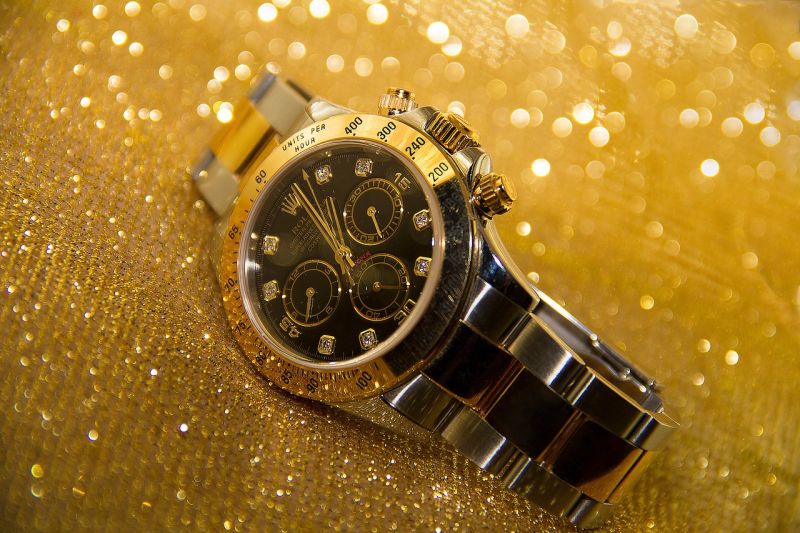27
May 2024
Everything you need to know about individual item insurance
‘Individual item insurance’, often referred to as ‘high-value item insurance’ is a type of insurance you can buy to ensure that you’re fully covered if any of your high-value items are lost, damaged or stolen. Many people assume that their standard home insurance policy will cover them for their highly valuable/expensive items, but depending on the value, this isn’t always the case.
Which items are already covered by your home insurance?
Your home contents insurance policy does cover your individual items, but only up to a certain amount. This is known as the single item limit (or, sometimes, single article limit) and is the maximum amount your insurer will pay out for a single item if it were to get lost, stolen or damaged.
Typically, this falls somewhere between £1,500 and £2,500, but it does vary between insurers. To find yours, check your insurance policy document and look for sections that discuss the ‘summary of cover’, ‘coverage limits’ or ‘special limits’. The single-item limit may be mentioned there. If you can’t find it, contact your insurer directly.
For example, if your single item limit is £1,500 and you have a necklace worth £5,000, you’ll be underinsured by £3,500 and won’t be able to claim its full value from your home insurer if anything were to happen to it.
Which kind of items are worth getting extra cover for?
Any item that exceeds your single-item limit may be worth getting extra cover for. High-value items can take many forms but commonly include diamond, gold or silver jewellery, pearls, watches and designer handbags. Artwork, antiques and valuable collections or collectables generally fall into this category, too. Often, bicycles, tech or electronic items such as cameras, computers and laptops, professional sporting equipment and musical instruments could be high-value, too.
Is individual item insurance worth getting? When is it a waste of money?
Whether or not high-value item insurance is worth getting is entirely dependent on the type and value of the items you own.
A good first step is to enquire with your current home insurance provider. Ask them how much extra you would need to pay if you were to add your valuable items to your existing policy. Make sure to check whether your insurer will pay out the replacement cost – rather than the depreciated value – if you were to make a claim.
Unhappy with how the high-value items affect your premium or unsatisfied with the level of cover that your home insurer can provide? This is a good sign that securing separate, specialist insurance for your high-value items would be worthwhile.
It’s also worth securing separate insurance if you’re looking for highly specialised cover. For example, if you have a large jewellery collection, you could insure your items with a specialist jewellery insurer who understands the unique needs of jewellery owners and can provide tailored coverage. This type of cover is likely to be more comprehensive than simply adding items to your existing home insurance policy.
Regardless of which route you go for, bear in mind that some insurers will apply restrictions to how your items are insured. For example, you might only be covered if they are taken from within your home, and not if they are lost while out. Check the exact terms of your cover to see if it’s suitable for your needs.
The importance of valuing your items
If you’re unsure of the true value of your items, it’s essential to do your research and, if you can, get up-to-date valuations before seeking out cover.
This is because you’ll need to let your provider – whether that’s your current home insurance provider or a specialist insurer – know how much the items would cost to replace individually. In some instances, you may also need to provide proof of valuation.
If you overvalue the cost of your items, you could end up paying for cover you don’t really need. Equally, if you undervalue them, you could end up underinsured (and therefore out of pocket) if you had to put in a claim.
It’s also wise to ensure any future claims are successful by keeping photographs and descriptions of your high-value items and keeping your valuations up-to-date.





